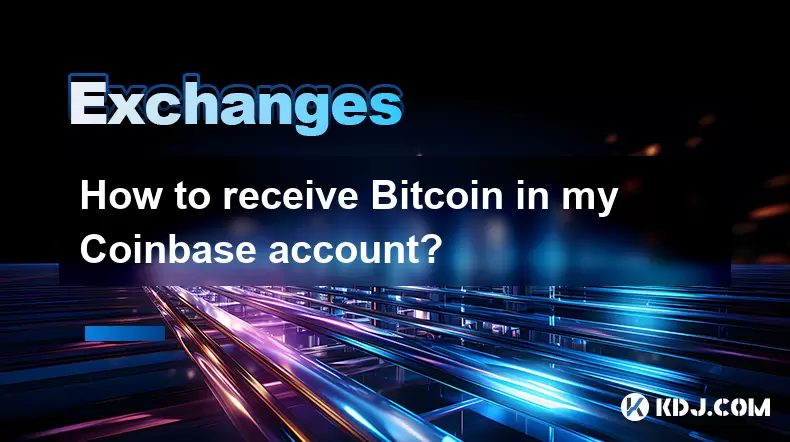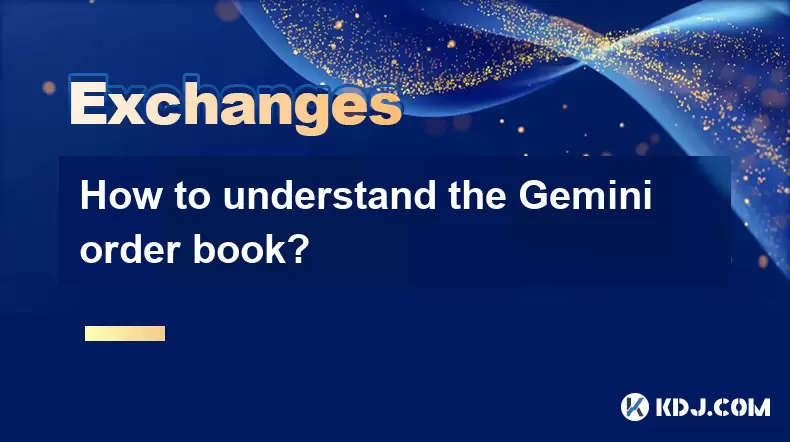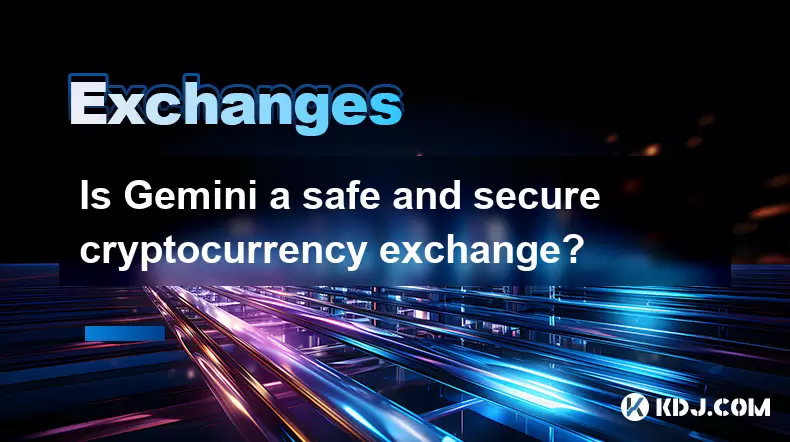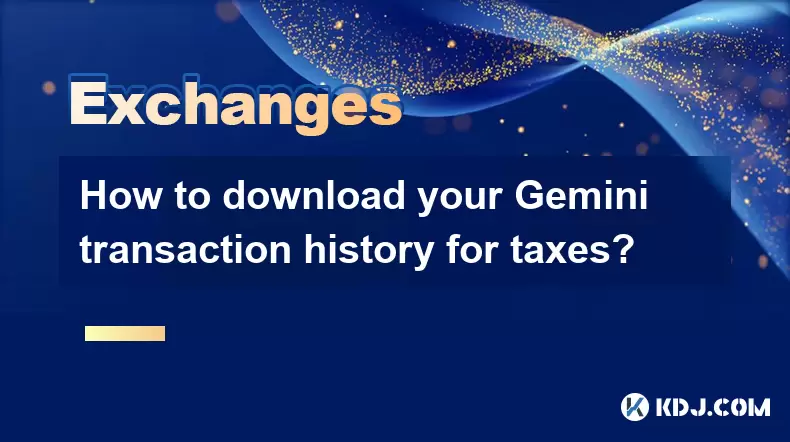-
 Bitcoin
Bitcoin $114000
0.76% -
 Ethereum
Ethereum $3488
0.53% -
 XRP
XRP $2.908
2.27% -
 Tether USDt
Tether USDt $1.000
0.05% -
 BNB
BNB $750.3
0.39% -
 Solana
Solana $161.9
0.14% -
 USDC
USDC $1.000
0.03% -
 TRON
TRON $0.3258
1.22% -
 Dogecoin
Dogecoin $0.1991
1.38% -
 Cardano
Cardano $0.7260
3.39% -
 Hyperliquid
Hyperliquid $38.20
2.33% -
 Stellar
Stellar $0.3987
7.33% -
 Sui
Sui $3.414
1.17% -
 Chainlink
Chainlink $16.28
2.52% -
 Bitcoin Cash
Bitcoin Cash $542.2
2.07% -
 Hedera
Hedera $0.2489
7.51% -
 Ethena USDe
Ethena USDe $1.001
0.05% -
 Avalanche
Avalanche $21.40
0.70% -
 Toncoin
Toncoin $3.635
0.75% -
 Litecoin
Litecoin $109.8
2.04% -
 UNUS SED LEO
UNUS SED LEO $8.955
-0.02% -
 Shiba Inu
Shiba Inu $0.00001221
2.44% -
 Uniswap
Uniswap $9.152
2.20% -
 Polkadot
Polkadot $3.588
2.09% -
 Monero
Monero $298.1
1.27% -
 Dai
Dai $1.000
0.01% -
 Bitget Token
Bitget Token $4.326
1.28% -
 Pepe
Pepe $0.00001045
1.96% -
 Cronos
Cronos $0.1330
4.27% -
 Aave
Aave $257.9
2.12%
How to receive Bitcoin in my Coinbase account?
To receive Bitcoin on Coinbase, generate your unique BTC address or QR code in the app, share it with the sender, and confirm the transaction via blockchain check.
Aug 03, 2025 at 06:43 pm

Understanding Bitcoin and Coinbase Integration
Receiving Bitcoin into your Coinbase account is a straightforward process, but it requires a clear understanding of how digital wallets and blockchain transactions function within the Coinbase ecosystem. Coinbase operates as both a cryptocurrency exchange and a digital wallet provider, allowing users to store, send, and receive various cryptocurrencies, including Bitcoin (BTC). When you receive Bitcoin, you're essentially having it transferred from another wallet or exchange to your personal Coinbase wallet address. This process relies on the Bitcoin blockchain, a decentralized public ledger that records every transaction. It's crucial to ensure that the sender uses the correct Bitcoin network (BTC) and not another cryptocurrency like Bitcoin Cash (BCH), as sending the wrong asset can result in permanent loss.
Setting Up Your Coinbase Account for Receiving Bitcoin
Before receiving Bitcoin, confirm that your Coinbase account is fully set up and verified. This includes completing identity verification (KYC), enabling two-factor authentication (2FA), and navigating to the wallet section. To receive Bitcoin:
- Log in to your Coinbase account via the website or mobile app.
- Tap on the "Wallets" tab located in the main navigation menu.
- Search for Bitcoin (BTC) or locate it from your list of assets.
- If you don’t already own Bitcoin, you may need to add the asset by tapping "Add crypto" and selecting Bitcoin.
- Once the Bitcoin wallet is active, you’ll see your balance and options to Send, Receive, or Buy.
Ensuring your account is properly configured prevents delays and enhances security when receiving funds.
Generating Your Bitcoin Receive Address
Each cryptocurrency on Coinbase has a unique wallet address. For Bitcoin, this address is a long string of alphanumeric characters or a QR code that identifies your wallet on the blockchain. To generate your Bitcoin receive address:
- Open your Bitcoin wallet in the Coinbase app or website.
- Tap the "Receive" button. This will open the receive interface.
- Select Bitcoin (BTC) as the asset if prompted.
- You’ll see a pop-up displaying your Bitcoin wallet address and a QR code.
- The address typically starts with “1”, “3”, or “bc1” depending on the address type (legacy, P2SH, or Bech32).
- You can tap "Copy" to copy the address to your clipboard or share the QR code directly with the sender.
It’s important to double-check the address before sharing it. Coinbase generates a new address for each transaction for privacy, though all are linked to your wallet.
Sharing Your Receive Information with the Sender
After generating your Bitcoin address, you must provide it to the person or service sending you Bitcoin. There are multiple ways to share this information securely:
- Use the copy address feature and paste it into an encrypted messaging app or email.
- Display the QR code and allow the sender to scan it using their wallet app.
- If sending from another exchange, ensure the withdrawal form has BTC selected and paste your Coinbase Bitcoin address into the recipient field.
Never share your private keys or recovery phrase. The receive address is safe to share, but your private information must remain confidential. Also, confirm that the sender selects the Bitcoin (BTC) network, not Bitcoin Cash (BCH) or another fork. Sending BCH to a BTC address on Coinbase can lead to lost funds unless recovered through Coinbase support.
Confirming the Bitcoin Transaction on the Blockchain
Once the sender initiates the transfer, the Bitcoin transaction is broadcast to the Bitcoin network and must be confirmed by miners. You can monitor the status in several ways:
- Within your Coinbase wallet, the transaction may appear as “Pending” until confirmed.
- Tap on the transaction to view details, including the number of network confirmations.
- Use a blockchain explorer like blockchain.com or mempool.space.
- Paste your Bitcoin address into the explorer’s search bar to view incoming transactions.
- Look for a transaction matching the amount and timestamp from the sender.
- Confirm that the transaction has at least 3 confirmations for security.
Transaction speed depends on network congestion and the miner fee paid by the sender. Low fees may result in delays, sometimes lasting hours.
Troubleshooting Common Receive Issues
Occasionally, users may encounter problems when trying to receive Bitcoin. Common issues include:
- Funds not appearing: Check the transaction status using a blockchain explorer. If confirmed on-chain but not in Coinbase, contact Coinbase Support with the transaction ID (TXID).
- Wrong cryptocurrency sent: If someone sends Bitcoin Cash (BCH) to your BTC address, Coinbase may still recover it. Submit a request via the Report a Problem section in the app.
- Invalid address errors: Ensure the sender used the correct format. Addresses starting with “bc1” are Bech32 and compatible with modern wallets.
- Pending indefinitely: This usually indicates a low miner fee. Wait for network confirmation or contact the sender to initiate a child-pays-for-parent (CPFP) transaction.
Always keep your app updated and ensure your internet connection is stable during the receive process.
Frequently Asked Questions
Can I receive Bitcoin from any wallet or exchange to Coinbase?
Yes, you can receive Bitcoin from any external wallet or exchange as long as the sender uses your correct Bitcoin (BTC) receive address and selects the Bitcoin blockchain network during withdrawal.
Is there a minimum amount of Bitcoin I can receive?
Coinbase does not enforce a minimum receive amount. However, extremely small amounts (dust transactions) may be blocked by network rules or not display immediately due to technical thresholds.
Do I need to pay a fee to receive Bitcoin on Coinbase?
No, receiving Bitcoin on Coinbase is free. The sender pays the network transaction fee to miners. Coinbase does not charge incoming transfer fees for Bitcoin.
What should I do if I sent Bitcoin to the wrong address by mistake?
If you accidentally sent Bitcoin from Coinbase to an incorrect address, immediate action is critical. Transactions on the Bitcoin blockchain are irreversible. Contact the recipient if known. If sent to a non-existent address, recovery is unlikely. For accidental internal transfers, contact Coinbase Support with the transaction details.
Disclaimer:info@kdj.com
The information provided is not trading advice. kdj.com does not assume any responsibility for any investments made based on the information provided in this article. Cryptocurrencies are highly volatile and it is highly recommended that you invest with caution after thorough research!
If you believe that the content used on this website infringes your copyright, please contact us immediately (info@kdj.com) and we will delete it promptly.
- XRP: Crypto Analyst's Smartest Buy in 2025?
- 2025-08-04 00:30:13
- SEC, Crypto Regulation, and Digital Assets: A New Era?
- 2025-08-04 00:30:13
- Navigating the Meme Coin Mania: Cold Wallets, SHIB, and DOGE in 2025
- 2025-08-03 22:30:16
- Bitcoin's Price Fall and Scrutiny: What's a New Yorker to Think?
- 2025-08-03 22:30:16
- Shiba Inu's Resistance and Recovery Push: What's Next for SHIB?
- 2025-08-03 22:50:16
- Bitcoin, Hashcash, and Crypto Innovation: A Look at the Foundation and Future
- 2025-08-03 23:12:53
Related knowledge

How to set and manage alerts on the Gemini app?
Aug 03,2025 at 11:00am
Understanding the Gemini App Alert SystemThe Gemini app offers users a powerful way to stay informed about their cryptocurrency holdings, price moveme...

What are the websocket feeds available from the Gemini API?
Aug 03,2025 at 07:43pm
Overview of Gemini WebSocket FeedsThe Gemini API provides real-time market data through its WebSocket feeds, enabling developers and traders to receiv...

How to manage your portfolio on Gemini?
Aug 03,2025 at 10:36am
Accessing Your Gemini Portfolio DashboardTo begin managing your portfolio on Gemini, you must first log in to your account through the official websit...

How to understand the Gemini order book?
Aug 02,2025 at 03:35pm
What Is the Gemini Order Book?The Gemini order book is a real-time ledger that displays all open buy and sell orders for a specific cryptocurrency tra...

Is Gemini a safe and secure cryptocurrency exchange?
Aug 02,2025 at 10:42pm
Understanding Gemini’s Regulatory ComplianceGemini is a New York State-chartered trust company, which places it under the supervision of the New York ...

How to download your Gemini transaction history for taxes?
Aug 03,2025 at 09:15am
Understanding Gemini Transaction History for Tax PurposesWhen preparing your cryptocurrency tax filings, having a complete and accurate record of all ...

How to set and manage alerts on the Gemini app?
Aug 03,2025 at 11:00am
Understanding the Gemini App Alert SystemThe Gemini app offers users a powerful way to stay informed about their cryptocurrency holdings, price moveme...

What are the websocket feeds available from the Gemini API?
Aug 03,2025 at 07:43pm
Overview of Gemini WebSocket FeedsThe Gemini API provides real-time market data through its WebSocket feeds, enabling developers and traders to receiv...

How to manage your portfolio on Gemini?
Aug 03,2025 at 10:36am
Accessing Your Gemini Portfolio DashboardTo begin managing your portfolio on Gemini, you must first log in to your account through the official websit...

How to understand the Gemini order book?
Aug 02,2025 at 03:35pm
What Is the Gemini Order Book?The Gemini order book is a real-time ledger that displays all open buy and sell orders for a specific cryptocurrency tra...

Is Gemini a safe and secure cryptocurrency exchange?
Aug 02,2025 at 10:42pm
Understanding Gemini’s Regulatory ComplianceGemini is a New York State-chartered trust company, which places it under the supervision of the New York ...

How to download your Gemini transaction history for taxes?
Aug 03,2025 at 09:15am
Understanding Gemini Transaction History for Tax PurposesWhen preparing your cryptocurrency tax filings, having a complete and accurate record of all ...
See all articles

























































































